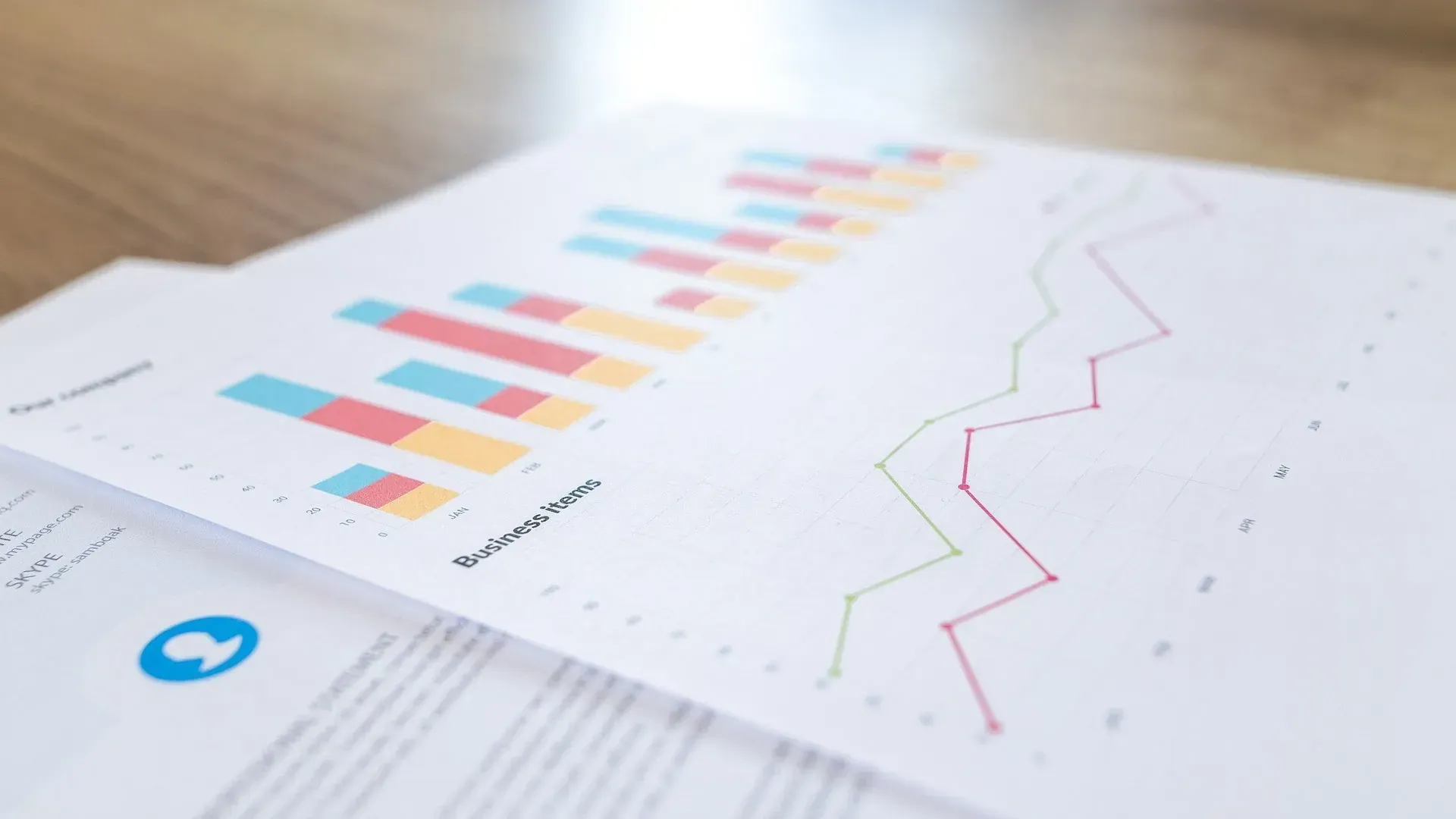The Future of Data Analytics: 5 Trends to Watch in 2024 and Beyond
As businesses continue to embrace digital transformation, data analytics remains at the forefront of innovation. In 2024, data analytics is no longer just about dashboards and reports; it’s about leveraging cutting-edge technologies to make faster, smarter decisions. Staying ahead of these trends is crucial for businesses looking to maintain a competitive edge.
At Arctic Analytx, we’re not just helping businesses keep up with these changes — we’re helping them thrive. Here are five key data analytics trends shaping the future.
1. Predictive Analytics Becomes Essential
Predictive analytics, powered by AI and machine learning, enables businesses to forecast outcomes and make proactive decisions. For example:
•Retailers: Predict which products customers will purchase based on past behaviors.
•Manufacturers: Anticipate equipment failures to prevent costly downtime.
•Healthcare providers: Identify patients at risk of chronic conditions.
As predictive models become more accurate and accessible, organizations of all sizes can integrate them into everyday decision-making.
2. The Rise of Augmented Analytics
Augmented analytics leverages AI to automate data preparation, analysis, and visualization. This makes advanced analytics accessible to non-technical users.
•Natural language processing (NLP) allows users to ask questions like, “What were our top-performing products last quarter?” and instantly receive answers.
•Automated insights help businesses uncover trends they might have missed otherwise.
By reducing reliance on data scientists for routine analysis, augmented analytics democratizes data-driven decision-making.
3. Real-Time Analytics for Instant Decision-Making
In 2024, the demand for real-time insights has never been higher. Businesses need to respond to market changes, customer behaviors, and operational challenges immediately.
•Streaming data platforms, like Tableau with real-time integrations, allow organizations to monitor KPIs continuously.
•Industries like e-commerce, logistics, and finance are especially benefiting from real-time analytics to optimize operations.
4. Data Visualization Gets a Human-Centric Upgrade
The way we visualize data is evolving. Instead of overwhelming users with complex charts, modern dashboards focus on storytelling and simplicity.
•Interactive dashboards allow users to explore data intuitively.
•Personalized views cater to specific roles, ensuring that executives, managers, and analysts see the information most relevant to them.
This shift ensures that data is not just seen but understood — enabling better decision-making across all levels of an organization.
5. Data Privacy and Governance Take Center Stage
As data usage grows, so do concerns about privacy and compliance. Regulations like GDPR, CCPA, and others are pushing companies to prioritize data governance.
•Businesses need systems that ensure data accuracy, security, and compliance.
•Analytics platforms like Tableau are incorporating governance tools, making it easier for organizations to manage data responsibly.
Investing in robust data governance frameworks not only ensures compliance but also builds trust with customers and stakeholders.
How Arctic Analytx Can Help You Stay Ahead?
Navigating the evolving world of data analytics can be challenging. That’s where Arctic Analytx comes in. We help businesses:
•Implement advanced tools like Tableau to stay at the forefront of innovation.
•Train teams to embrace augmented and predictive analytics.
•Design dashboards that prioritize clarity and actionable insights.
•Ensure data governance and privacy compliance in every step of the process.
Embrace the Future Today
The future of data analytics is already here. Businesses that adopt these trends will be better equipped to make data-driven decisions, gain deeper insights, and achieve sustainable growth.
Are you ready to future-proof your analytics strategy? Reach out to Arctic Analytx to discover how we can help your organization stay ahead of the curve.



